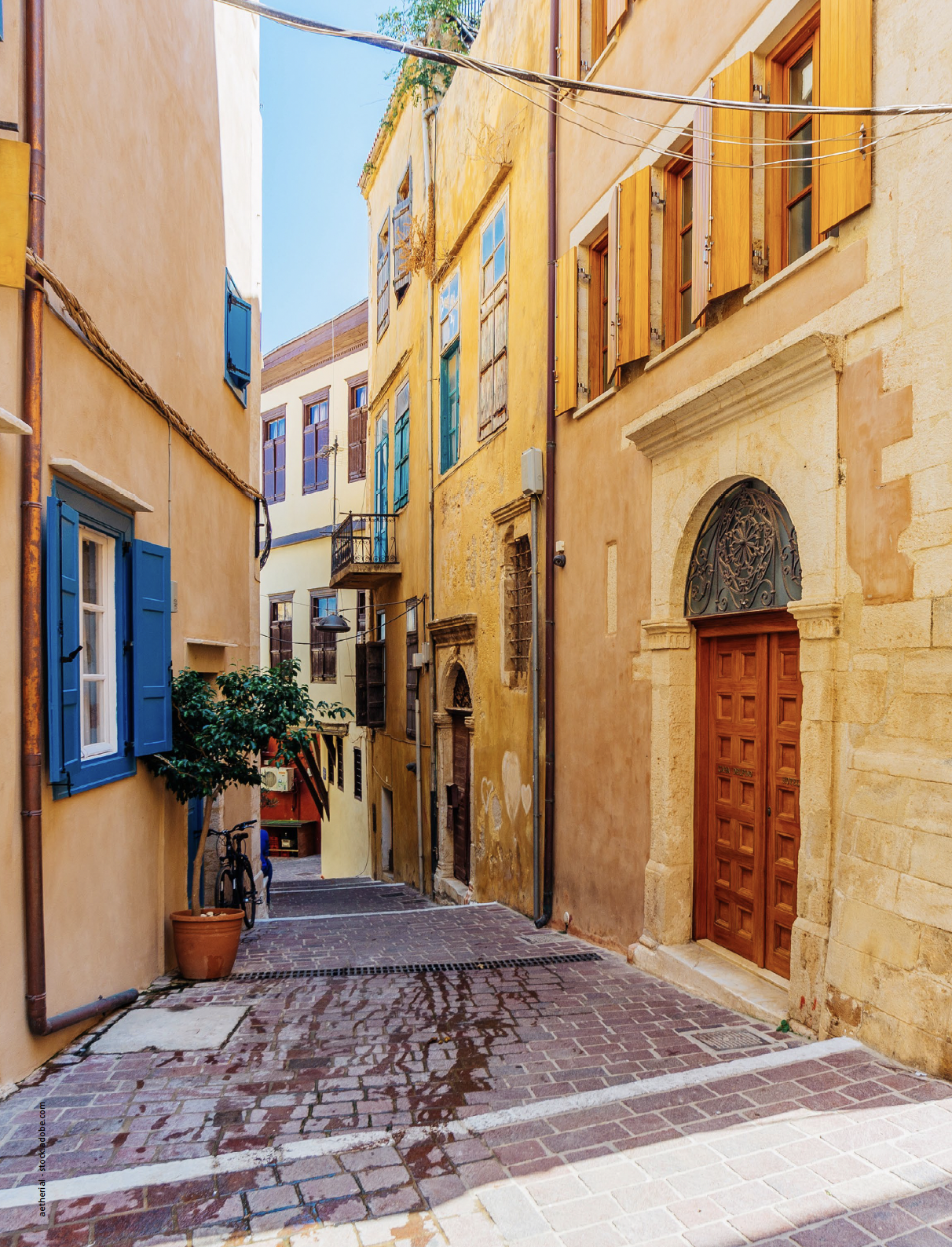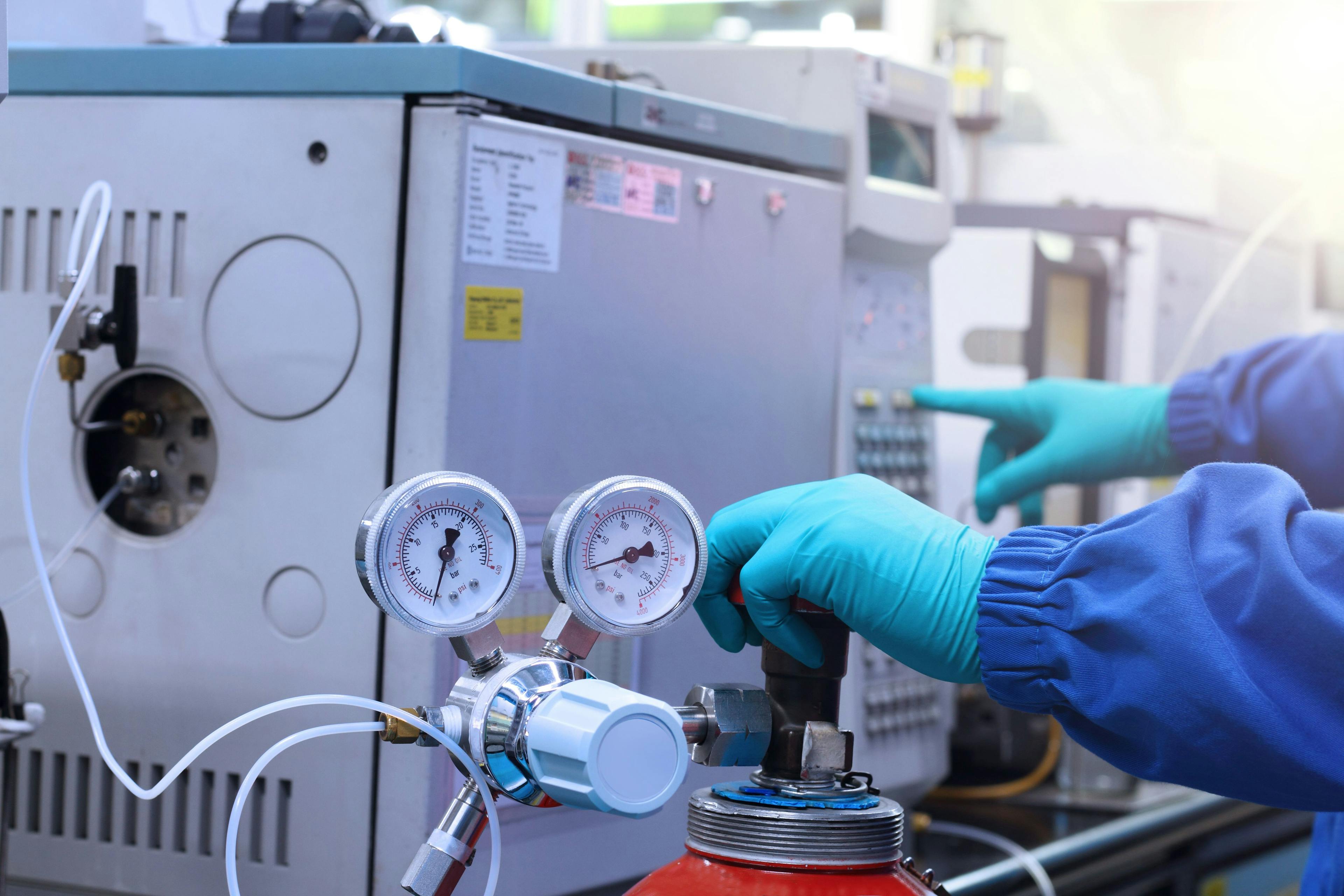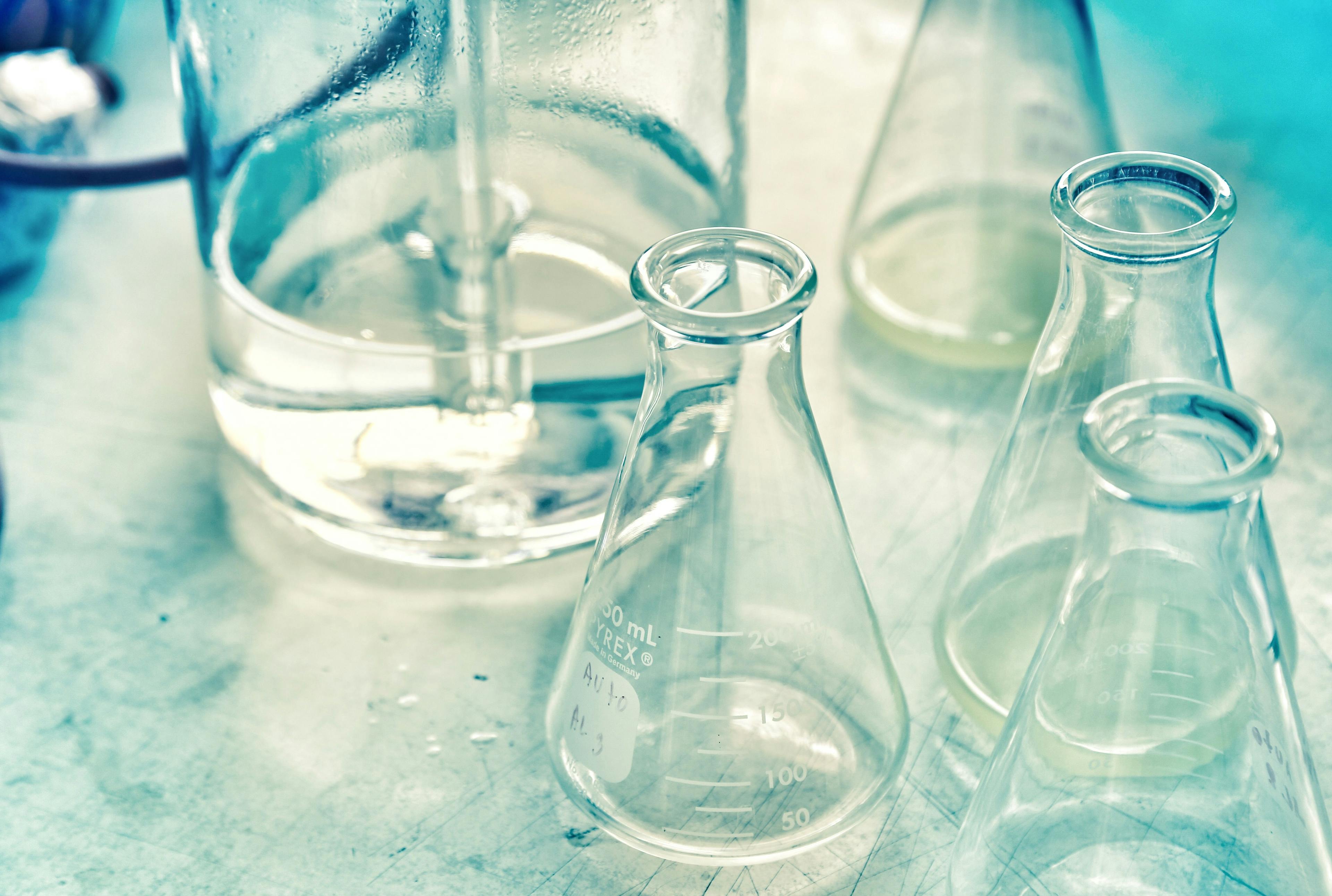Detection of ODSs and HGSs in Industrial Zones Using a Cryogen-Free Preconcentration GC–MS Method
Adopted 35 years ago, the Montreal Protocol is an international treaty designed to protect the ozone layer. It addresses ozone depletion caused by industrial chemicals and remains a landmark environmental agreement in the phasing out and ban of the production and consumption of ozone-depleting substances (ODSs).
Monitoring of ozone-depleting substances (ODSs) and greenhouse gases (GHGs) is crucial for countries to understand their emissions, and for compliance with the Montreal Protocol in the drive for net-zero emissions (1). Pilot-scale monitoring of ODSs and GHGs at factories and industrial parks is already being performed.
The chemicals of concern include chlorofluorocarbons (CFCs), hydrochlorofluorocarbons (HCFCs), hydrofluorocarbons (HFCs), and other haloalkanes including chloromethane, bromomethane, bromochloromethane, 1,1,1-trichloroethane and carbon tetrachloride.
Many countries around the world have already phased out CFCs and are stepping up restrictions on the phase-out of HCFCs. While HFCs do not harm the ozone layer, they have a very strong greenhouse effect, and were added to the Montreal Protocol in 2016 under the Kigali Amendment (2).
This article describes a cryogen-free method to collect and analyse ODSs and halogenated GHGs, which meets recent requirements for industrial monitoring released by the China National Environmental Monitoring Centre (3). It discusses a method that can operate in both monitoring stations and laboratory environments, which enables data comparability between different monitoring activities.
Most thermal desorption (TD) instruments used for this application must be cooled using liquid cryogen, which is not logistically feasible in remote locations. However, the system used in this study is electrically cooled and not dependent on liquid cryogen. Hence, it is more suitable for use in remote locations, where implementing cryogen may not be feasible.
Experimental
The instrument configuration used incorporates a canister autosampler, a device for water vapour removal, a thermal desorption instrument, and a gas chromatography–mass spectrometry (GC– MS) analyser in selective ion monitoring (SIM) mode (Markes International). The system is capable of monitoring samples with 100% relative humidity (RH) and achieving qualitative and quantitative analysis of 34 ODSs and halogenated GHGs.
Because ODSs and other halogenated GHGs are present at extremely low levels in ambient air (3), a sample volume of at least 800 mL is required to ensure sufficient sensitivity. However, levels of water in the GC–MS system must also be maintained at very low levels. To achieve this, a Nafion dryer was used to remove water vapour, and the analytical settings were optimized to enable the analysis of trace or ultra-trace ODSs and GHGs in 100% RH ambient air.
Following sampling, the Nafion dryer is used to remove most of the water vapour from the sample. The sample then enters the electrically-cooled cold trap of the thermal desorber—maintained at -30°C—to achieve quantitative capture of the analytes. The carrier gas then purges the cold trap in the direction of sampling, eliminating oxygen and reducing water vapour levels further without causing loss or breakthrough of the components to be measured. The flow of carrier gas is then reversed, and the cold trap is heated rapidly (up to 100 °C/s) to inject the components onto the GC column.
Standard Gas:
A mixture of 1 μmol/mol ODS (Linde Spectra Environmental Gases, Inc.) and 1 μmol/mol HFCs (Air Liquide S.A.) was diluted with nitrogen to achieve two standard gas concentrations, 1 ppb and 100 ppt.
Chromatography:
A GS-GasPro stationary phase (60 m × 320 μm, Agilent Technologies) was chosen. Detection was performed using an MS in SIM mode. A typical chromatogram is shown in Figure 1.

Results
Linearity:
Calibration with the 1 ppb standard used sample volumes of 800 mL, 400 mL, 160 mL and 80 mL; calibration with the 0.1 ppb standard used sample volumes of 400 mL, 200 mL, 80 mL and 40 mL. The relative response factors for all compounds were less than 30% and the correlation coefficients for all compounds were ≥0.992. Full results are listed in Table 1. Figure 2 shows the linearities of selected target compounds at 50% RH.


Limits of Detection:
The standard deviation of the method detection limit (MDL) is calculated by repeating the analysis of low-concentration blank spiked samples near the limit of detection (LOD) seven times according to the steps in the sample analysis. In this study, the calculated LOD ranges from 0.03 ppt to 0.30 ppt, while the limit of quantitation (LOQ) ranges from 0.12 to 1.20 ppt, as shown in Table 1. These values are acceptable for monitoring fluctuations in the very small amounts of these compounds present in ambient air.
Precision and Accuracy:
To assess measurement precision, standard gases with a concentration of 0.5 ppb and 50% RH were prepared using nitrogen as the matrix gas. These standards were sampled continuously six times. Good precision was achieved, with a value for individual compounds from 0.32% to 2.7%.
To assess the accuracy of the measurements, a blank nitrogen sample spiked with 500 ppt of the analytes was analysed. Recoveries were found to be in the range 93.2–96.9% indicating a robust method.
Cross-Contamination and Blanks:
The concentrations of ODSs and halogenated GHGs in ambient air are generally low, but due to the use of ODSs in certain industries, concentrations can be higher in particular locations.
The system used trace samples while accommodating high-concentration samples from industrial areas. This model contains two sampling channels; high-concentration samples can be injected through the sample loop, while trace-level samples can be injected in larger volumes through the mass flow controller (MFC). By using these different sampling methods, cross-contamination between high- and low-concentration samples can be prevented.
This technology is also useful when analysing samples of an unknown origin, where it is necessary to reduce cross-contamination between samples. To assess residual effects, 800 mL of a 2 ppb, 90% RH standard was analysed, followed immediately by 800 mL of pure helium, with 10 mL of 40 ppb bromochloromethane added as an internal standard.
The sample concentration in this case is twice the maximum calibration concentration standard. The results show that none of the target compounds were detected, except for the added internal standard. Figure 3 shows the TIC for the 2 ppb specimen, alongside the subsequent cross-contamination test.

Conclusions
This method is suitable for detecting ODS and halogenated GHGs in up to 800 mL of humidified industrial air.
The method detection limits found for the ODS and GHG targets are in the range 0.03–0.30 ppt, which is lower than the reference range of the global background concentration, enabling tiny fluctuations of concentration in ambient air to be monitored. Alongside the use of GC–MS detection in SIM mode, this means that the system meets the technical requirements of the ‘TRAIL’ document from China National Environmental Monitoring Centre (1).
A further advantage of this system is that it does not require cryogen, can be fully automated, and is also suitable for gas bag sampling and unattended on-line monitoring in the field, without further modification.
Implementing cryogen at remote sites is not feasible, so a method that can be operated in both monitoring stations and laboratories is an advantage due to ease of data comparability between different monitoring activities.
References
(1) UN General Assembly President Calls for Greenhouse Gas Monitoring System. World Meteorological Organization, November 16, 2022. https://wmo.int/media/news/un-general-assembly-president-calls-greenhouse-gas-monitoring-system (accessed 2024-03-22).
(2) Technical Requirements on Monitoring Ozone-Depleting Substances and Hydrofluorocarbons in Industrial Parks (TRAIL); China National Environmental Monitoring Centre: Beijing, China, 2023.
(3) Li, M.; Ye, T.; Yuan, M.; Zhao, R.; Zhang, B.; Qi, H.; Tan, L. Determination of ODS and Other Controlled Halogenated Hydrocarbons in Ambient Air by Electronic Refrigeration Preconcentration-GC–MS. Environ. Chem. (Beijing, China) 2022, 41, 2788–2792. http://hjhx.rcees.ac.cn/en/article/id/62da15dac59bc37b30739b95 (accessed 2024-03-22).
Hannah Calder is Markes International’s Environmental Air Market Development Manager, specialising in the application of thermal desorption for monitoring of organic compounds in environmental air. She is active within international standards development and sits on various working groups for air monitoring within CEN and ASTM. Email: hcalder@markes.com

Fundamentals of Benchtop GC–MS Data Analysis and Terminology
April 5th 2025In this installment, we will review the fundamental terminology and data analysis principles in benchtop GC–MS. We will compare the three modes of analysis—full scan, extracted ion chromatograms, and selected ion monitoring—and see how each is used for quantitative and quantitative analysis.
Characterizing Plant Polysaccharides Using Size-Exclusion Chromatography
April 4th 2025With green chemistry becoming more standardized, Leena Pitkänen of Aalto University analyzed how useful size-exclusion chromatography (SEC) and asymmetric flow field-flow fractionation (AF4) could be in characterizing plant polysaccharides.



















